Aside from aesthetics, flowers have several important—and sometimes overlooked—roles in a vegetable garden. They function as trap crops, attract beneficial insects, repel garden pests and provide food for pollinators. They’re also very easy to grow and maintain, especially if you choose the right varieties for your garden.
Here are a few tips for incorporating beautiful (and beneficial!) flowers throughout your space.
· Plant Nasturtiums to Attract Aphids
If you’ve had a problem with aphids in the past, plant nasturtiums in or near your garden beds. These distinctive flowers are known for luring aphids and keeping them off susceptible crops, such as chard and mustards. They can also be considered a vegetable in their own right, as the leaves and flowers have a peppery flavor that perks up salads and stir-fries (but be sure to harvest before the aphids get to them!).
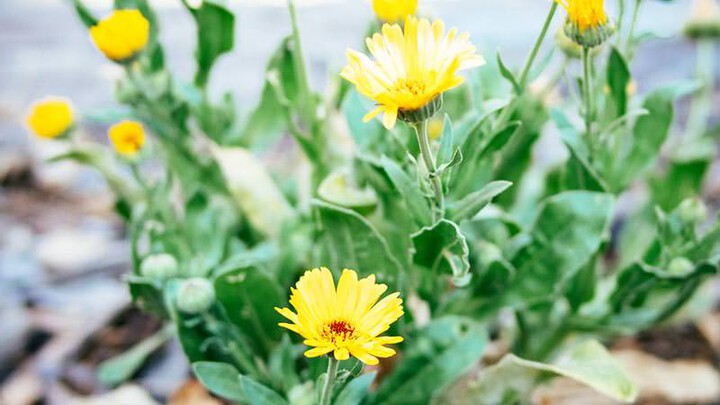
· Keep Bad Bugs at Bay By Bringing In the Good Bugs
Forget the pesticides—use the power of flowers to attract beneficial insects that prey on pests. Ladybugs, lacewings, hoverflies, big-eyed bugs and parasitic wasps are among the many insects that help control aphids, mites, leafhoppers, caterpillars, and the eggs of these and other pests. Give them a natural habitat and a food source by planting yarrow, calendula, coneflowers, marigolds and zinnias in or around your vegetable beds. Some vegetables and herbs even serve double-duty, such as fennel, dill, basil, and—when they flower—parsley and cilantro. Grow them every season to support a steady population of beneficial bugs in the garden.
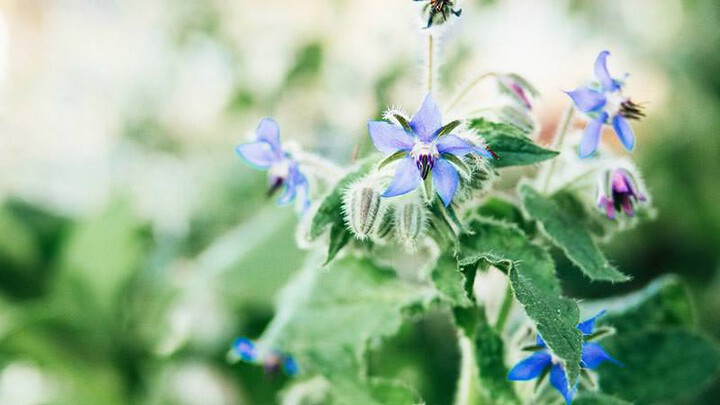
· Repel Pests with Strategic Plantings
Have a problem with hornworms? Interplant borage among your tomato beds. Grow anise hyssop near your brassica plants to repel cabbage moths, sage near your carrot and parsnip crop to repel carrot rust flies, and geraniums near your fruit trees to repel Japanese beetles.
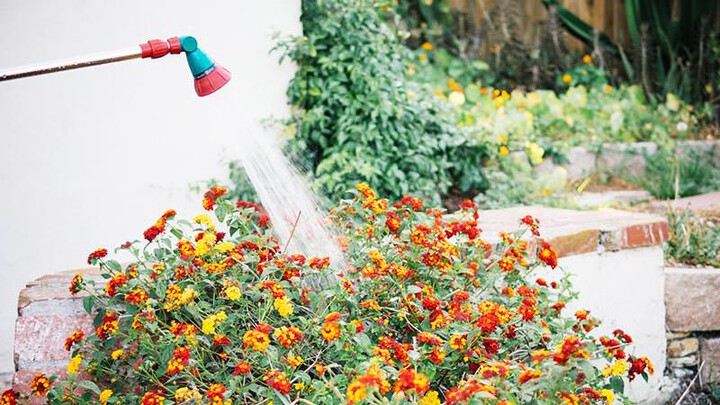
· Don’t Forget to Feed the Pollinators
Bees, butterflies and birds do important work in the vegetable garden by transferring pollen from one part of the plant to another to fertilize the crop. Whereas plants like peas and beans are self-pollinating, other plants like summer squash and winter squash are especially dependent on pollinators to produce fruit. Attract them to your garden by growing clusters of nectar-rich flowers like sunflowers, sweet peas, larkspur and lantanas.
In general, bees like blue blossoms while hummingbirds are attracted to red ones. Get into these clusters more easily by watering with a Gilmour Watering Wand, which extends your reach and helps deliver water exactly where you need it.
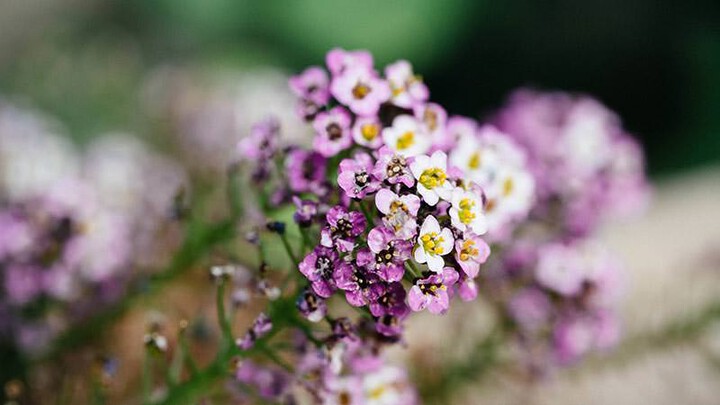
· Size Does Matter
When choosing flowers for your vegetable garden, bear in mind the final height of all your plants. Wide-spreading winter squash could quickly smother low-growing alyssum. Meanwhile, you might not realize those plugs of hollyhocks you just brought home will soar up to nine feet tall and shade your vegetable bed.
To water plants of a variety of heights, consider laying a Gilmour Soaker Hose among them. It will deliver water right to the roots, so you can be sure to get to every plant in your garden.
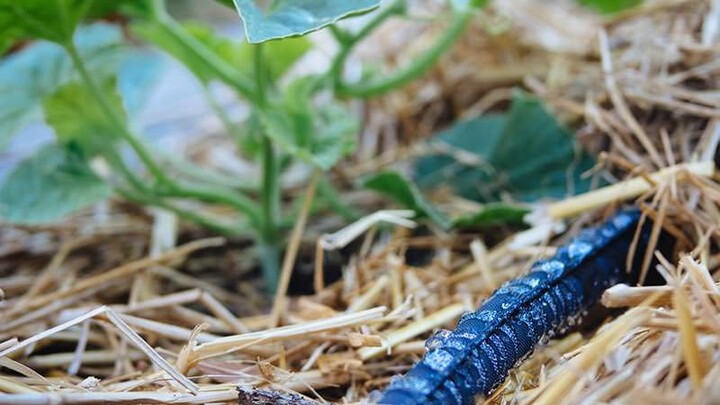
Group Flowers and Vegetables with Similar Sun and Water Needs Together
Interplanting flowers with your vegetables does require a bit of mapping and planning in the garden. Some shade-loving flowers (like astilbes) may not thrive in the full sun that fruiting crops (like tomatoes) require. Along the same lines, certain drought-resistant flowers (like cosmos) shouldn’t be interplanted with vegetables that need consistently moist soil (like peppers).
Once you get all your flowers and vegetables in the ground, lay down lines of soaker hoses connected to a Dual Outlet Electronic Timer for easy and efficient watering. This style of irrigation delivers water at the root zone, where plants need it most, and keeps moisture off the leaves of your vegetables, where it can encourage pests and diseases. When connected to a timer, you can set your watering schedule and let the tools do the rest.
You already want to add an attractive edge when you mix flowers into your landscape. But with a little extra expertise, you’ll give your garden even more benefits and perhaps save yourself some added work in the meantime.